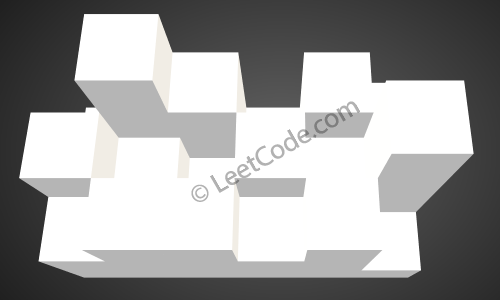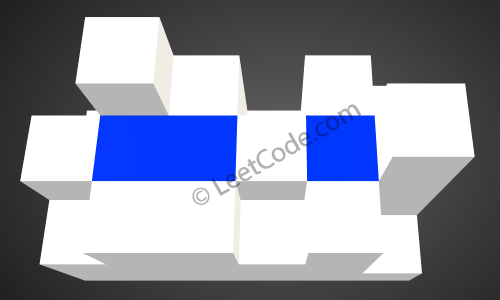Design and implement a data structure for Least Frequently Used (LFU) cache. It should support the following operations:
getand set.get(key) - Get the value (will always be positive) of the key if the key exists in the cache, otherwise return -1.set(key, value) - Set or insert the value if the key is not already present. When the cache reaches its capacity, it should invalidate the least frequently used item before inserting a new item. For the purpose of this problem, when there is a tie (i.e., two or more keys that have the same frequency), the least recently used key would be evicted.
Follow up:
Could you do both operations in O(1) time complexity?
Could you do both operations in O(1) time complexity?
Example:
LFUCache cache = new LFUCache( 2 /* capacity */ ); cache.set(1, 1); cache.set(2, 2); cache.get(1); // returns 1 cache.set(3, 3); // evicts key 2 cache.get(2); // returns -1 (not found) cache.get(3); // returns 3. cache.set(4, 4); // evicts key 1. cache.get(1); // returns -1 (not found) cache.get(3); // returns 3 cache.get(4); // returns 4
Similar to LRU cache, we use a doubly linked list to track the frequency. The list node uses the following implementation:
class Node {
int frequency;
Queue<integer> keys;
Node next;
Node prev;
public Node(int frequency) {
this.frequency = frequency;
keys = new LinkedList<>();
next = null;
prev = null;
}
}
Frequency is the time a key is accessed. Queue is a list of keys with current frequency. The reason to use a queue is because we want to keep track the order, i.e., we can poll out the head of the queue because the least recently used key will be removed in case there are multiple keys with the same frequency. To visualize the list, I borrow this graph:
 |
| Source: http://bookshadow.com/weblog/2016/11/22/leetcode-lfu-cache/ |
Different from the graph, I use the first node as head, so I can remove keys from head very time I need to.
There are another two maps, one for key-value pair and the other for key-list node to find the position of the key in the list.
When we access one existing node (get the value or set a new value), we increase its frequency, so the key will be removed to the next node if next node has frequency that is larger than the current one by 1 or we need to insert a new node.
The overall complexity is O(1).
private Node head;
private Map map;
private Map values;
private int capacity;
public LFUCache(int capacity) {
head = new Node(0);
map = new HashMap<>();
values = new HashMap<>();
this.capacity = capacity;
}
public int get(int key) {
if (capacity == 0 || !map.containsKey(key)) {
return -1;
}
Node curr = map.get(key);
changeFrequency(curr, key);
return values.get(key);
}
public void set(int key, int value) {
if (capacity == 0) {
return;
}
if (!map.containsKey(key) && values.size() == capacity) {
int toRemove = head.keys.poll();
map.remove(toRemove);
values.remove(toRemove);
if (head.keys.isEmpty()) {
removeNode(head);
}
}
if (values.containsKey(key)) {
changeFrequency(map.get(key), key);
} else {
if (head.frequency == 0) {
head.keys.add(key);
} else {
Node newNode = new Node(0);
newNode.keys.add(key);
newNode.next = head;
head.prev = newNode;
head = newNode;
}
map.put(key, head);
}
values.put(key, value);
}
private void changeFrequency(Node curr, int key) {
int freq = curr.frequency;
if (curr.next != null && curr.next.frequency == freq + 1) {
curr.next.keys.add(key);
map.put(key, curr.next);
} else {
Node newNode = new Node(freq + 1);
newNode.keys.add(key);
Node next = curr.next;
newNode.prev = curr;
newNode.next = next;
curr.next = newNode;
if (next != null) {
next.prev = newNode;
}
map.put(key, newNode);
}
curr.keys.remove(key);
if (curr.keys.isEmpty()) {
removeNode(curr);
}
}
private void removeNode(Node node) {
Node prev = node.prev;
Node next = node.next;
if (prev != null) {
prev.next = next;
}
if (next != null) {
next.prev = prev;
}
if (head == node) {
head = next;
}
if (head == null) {
head = new Node(0);
}
}
private class Node {
int frequency;
Queue keys;
Node next;
Node prev;
public Node(int frequency) {
this.frequency = frequency;
keys = new LinkedList<>();
next = null;
prev = null;
}
}





